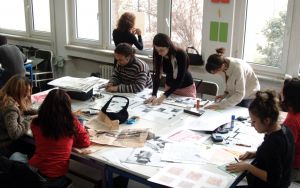 Why art? Really, why would anyone take the time to create art, unless he or she is a full-time artist?
Why art? Really, why would anyone take the time to create art, unless he or she is a full-time artist?
The answers are clear to anyone who’s independently created art of any kind.
Even if it’s a scribble or a graphic note in the margin of your class notes, if you’ve ever expressed yourself visually, you’ve created art.
Note that I said independently created art. That’s important.
If it was a class assignment, or something you had to do, the art process may have been vacant.
For many artists, the art process is where the value is. If the process is drudgery, it’s only mimicking art.
Artist Harley Brown said it well. “Within a second of starting a picture, I’m on top of a mountain which has finally become my reality. So, when I tell people to do a drawing a day, it is not only to learn to observe or perfect skills, it is putting ourselves closer to what we really are and for what we live.”
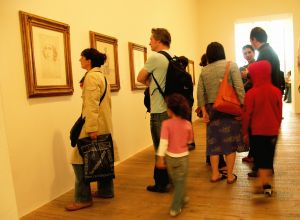 What makes art important in our lives is how art makes us feel.
What makes art important in our lives is how art makes us feel.
Whether you’re creating the art or admiring it in a gallery or on your drawing pad, art should evoke an emotional reaction. If it doesn’t, the art isn’t necessarily bad, it’s just not resonating with who you are, inside.
For most artists, particularly when you’re starting out, the focus must be on the process. Your results will improve with practice. The joy is in the creative moments and the discoveries you’ll make — good and bad — as you work on art.
Your art, whether it’s drawing or painting or singing or fine-tuning a recipe, is a process that makes you feel more authentic… more alive.
In The Book of Awakening, Howard Thurman is quoted, “Don’t ask what the world needs. Ask what makes you come alive, and go do it. Because what the world needs is people who have come alive.”
Separate the technical aspects of art from the joy of creating. Sometimes, the learning process can be as exciting (or boring) as singing scales or reciting multiplication tables. However, the process of putting the pencil to the paper, or paint on the canvas, is where the magic is.
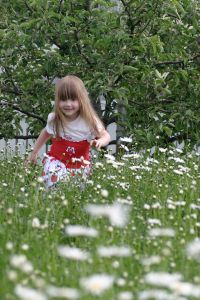 Aim for something original. That won’t come from copying others, or measuring your work against theirs. The finished product may be a disappointment, but the more important question is: How did you feel when the work came alive? Did you forget about time and tidiness? Did you feel in flow, following a joyful current?
Aim for something original. That won’t come from copying others, or measuring your work against theirs. The finished product may be a disappointment, but the more important question is: How did you feel when the work came alive? Did you forget about time and tidiness? Did you feel in flow, following a joyful current?
Musician Jeff Beck said, “As long as there’s something original going on, that’s all that really matters.”
He’s right.
Art can be about the finished work. However, it’s more important to focus on the energy that is grounded in and emanates from the creative process.
If you feel that spark of vitality, even for a few seconds as you’re creating art, you’ve seen a glimmer of what drives us to be artists… and what keeps us fully alive in every moment.
We create art for how it feels, not necessarily for the merits of the finished work.
Photo credits
Art class – erdogan ergun, Turkey
Art gallery – brendan gogarty, Australia
Girl in field – Armin Hanisch, Germany


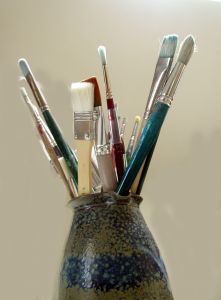 Paintbrushes are important for many artists. I have lots of them for all purposes.
Paintbrushes are important for many artists. I have lots of them for all purposes.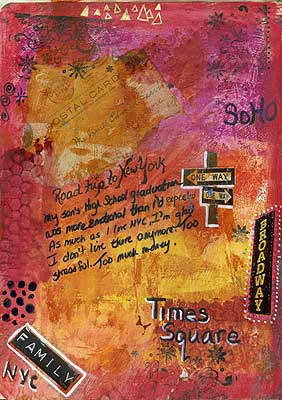
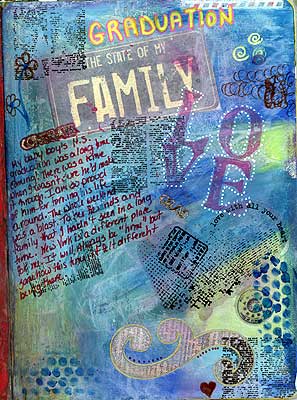
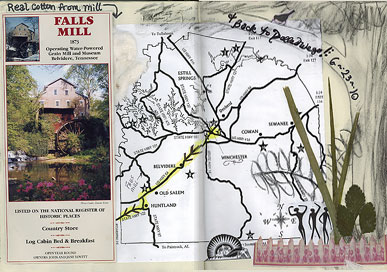
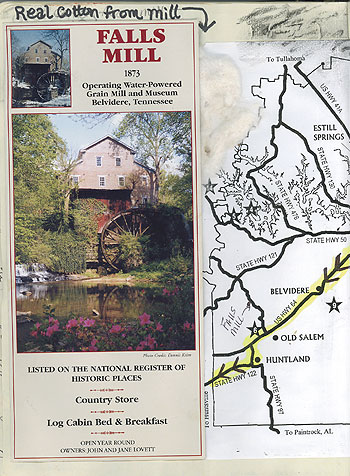

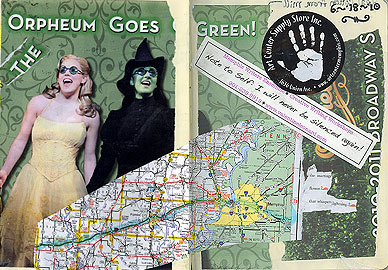


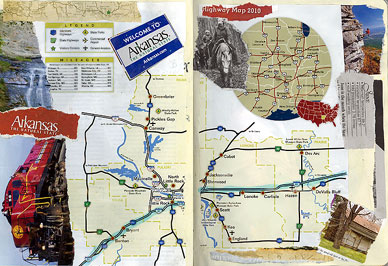


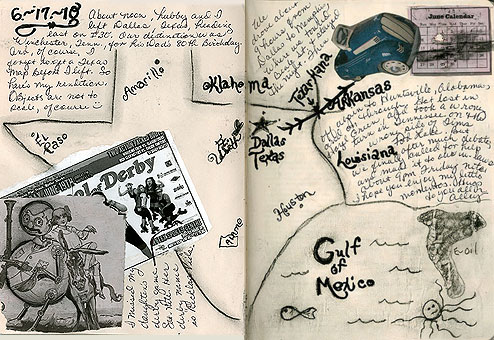
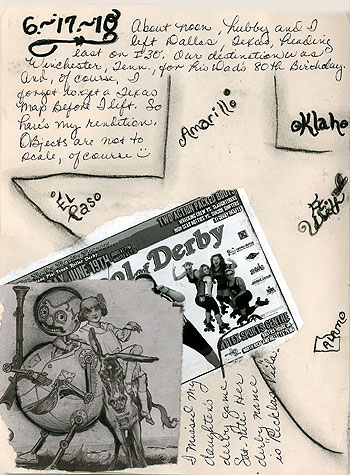
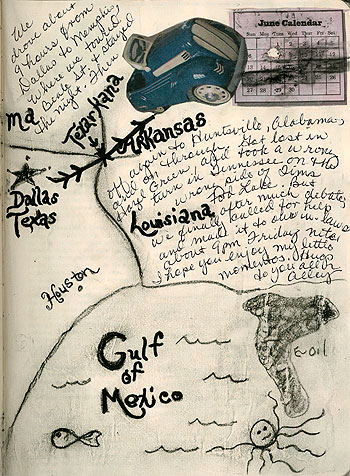

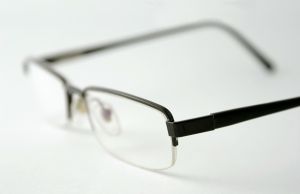 Are you a professional artist, or launching an art career?
Are you a professional artist, or launching an art career?